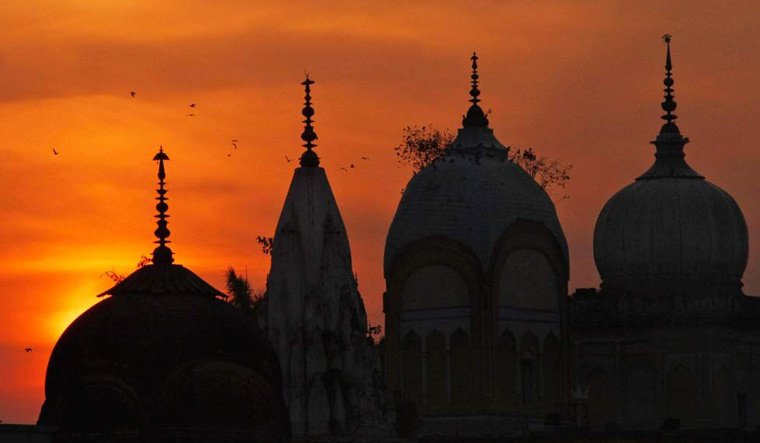After Gyanvapi Mosque survey and Qutub Minar findings, #RemoveAct1991 trends on twitter. Know why is it necessary to scrap the law


Following the survey of the Gyanvapi Mosque, a debate erupted over the Qutub Minar in Delhi. A controversy developed after ASI’s ex-regional director Dharamveer Sharma claimed that the Qutub Minar was built by Raja Vikramaditya, not Qutb al-Din Aibak, to study the direction of the sun. Meanwhile, Hindu deities’ idols are discovered.
The Archaeological Survey of India (ASI) has now been tasked by the Ministry of Culture with excavating and iconography of idols at Qutub Minar.
The ASI has also been ordered to submit its excavation report to the Ministry of Culture. At a distance of 15 metres from the mosque, excavation might begin to the south of the minaret.
With these significant developments in recent days, #remove1991act has been trending on Twitter as a call for the scrapping of the 1991 places of worship act which is being considered highly hinduphobic.
Except in the instance of the Ram Janmabhoomi-Babri Masjid controversy, which was already in court, the PV Narasimha Rao-led Congress regime passed the Places of Worship Act, 1991 to protect the status quo of the religious nature of places of worship as it was in 1947. It was also to ensure the religious character of such a place of worship on that particular day.
According to the Act, the religious nature of a place of worship shall be the same as it was on August 15, 1947. The law further specifies that no religious denomination’s holy site shall be translated into one of a different religion or division.
The law further states that any litigation, appeal, or other legal action related to changing the nature of the place of worship that was ongoing before any court or authority on August 15, 1947, will be dismissed as soon as the legislation takes effect, effectively ending any legal action.
The statute also makes the state responsible for maintaining the religious character of every place of worship as it was at the time of independence.
The places of worship act arbitrarily freeze the religious character of all places of worship as it existed on August 15, 1947. The Act violates Hindus’ basic freedom to pray, worship, and promote religion under Articles 25 and 26 of the Constitution by prohibiting and abating any suits attempting to restore temples converted to mosques before 15 August 1947, except for the Ram Janmabhoomi suit.
By being discriminatory towards Hindus, Buddhists, Jains, and Sikhs who were victims of Islamic expansion, the Act breaches the Constitution’s essential framework of “secularism” as well. As a result, it also breaches Articles 14 and 15 of the Constitution.
While limiting legal recourse, the Act punishes anyone who attempts to change a place’s religious identity from one religion to another by imprisoning them for up to three years.
Because the law was adopted under the guise of “Public Order,” which is a State issue under Entry-1, List-II of Schedule VII of the Constitution, the Congress government at the Centre did not have the legislative authority to pass it. Under Entry-7, List II, Schedule VII, “Pilgrimage other than pilgrimages to sites outside India” is also a State subject. As a result, the Act is clearly unlawful, extraterritorial, and unconstitutional.
DISCLAIMER: The author is solely responsible for the views expressed in this article. The author carries the responsibility for citing and/or licensing of images utilized within the text.
